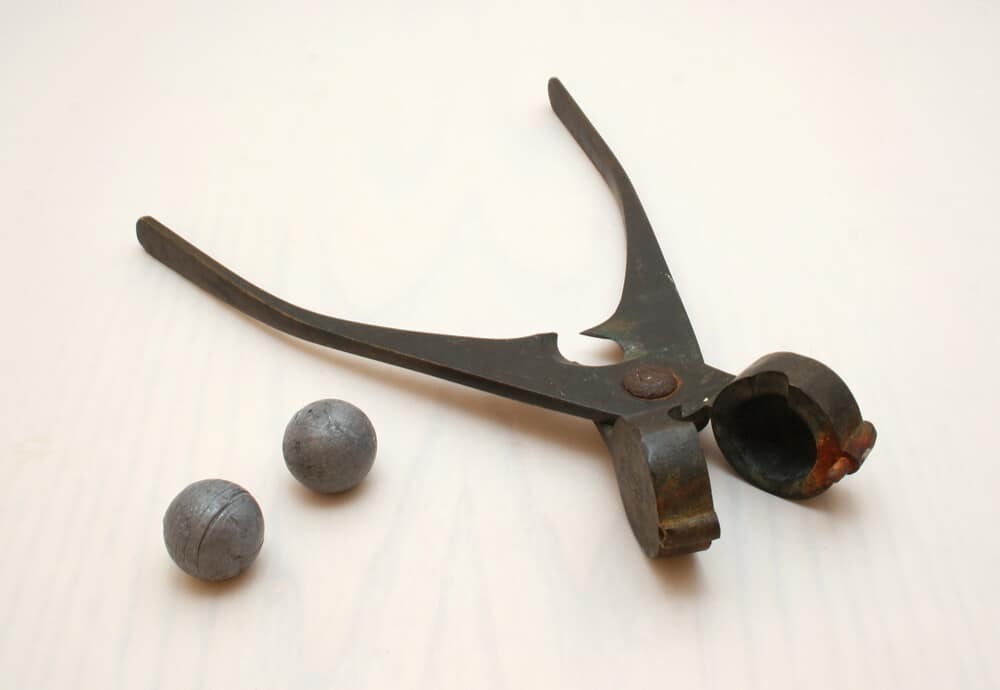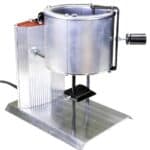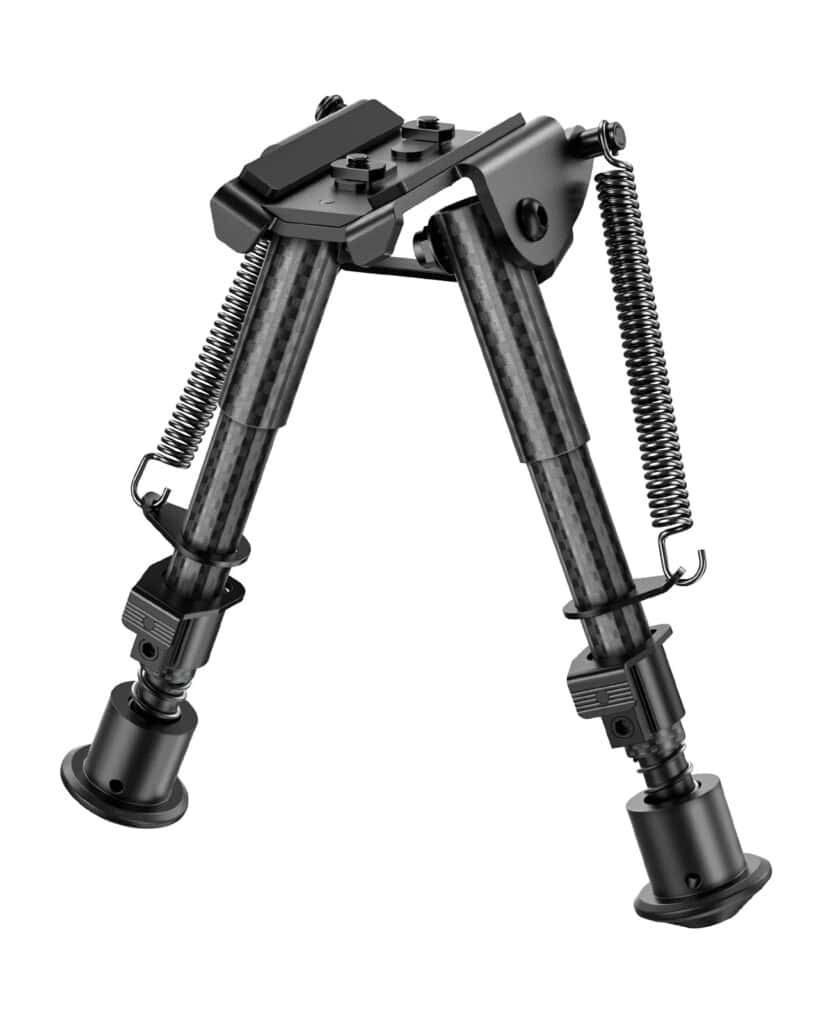
Equipment needed to cast bullets
To cast bullets, you will need the following equipment and materials:
- Bullet Mold: A bullet mold to make cast bullets is a metal block with cavities in the shape of the bullet you want to cast. It allows you to pour molten lead or other suitable metals to create bullet projectiles. Choose a mold that matches the caliber and design of the bullets you want to cast.
- Furnace or Melting Pot: You'll need a heat source to melt the bullet alloy. A small electric furnace or a dedicated melting pot specifically designed for bullet casting is commonly used. These devices provide controlled heat and can reach temperatures sufficient for melting lead or other bullet alloys.
- Bullet Alloy: The most commonly used alloy for casting bullets is a combination of lead and tin. The exact ratio depends on the desired bullet properties and the caliber being cast. You can purchase pre-made bullet alloy or create your own by melting and blending lead and tin.
- Lead: The primary component of bullet alloy is lead. It's important to ensure that the lead you use is clean and free from impurities. Avoid using lead from unknown or questionable sources, as it may contain contaminants that can affect bullet performance or pose health risks.
- Tin: Tin is added to lead to improve the hardness and casting characteristics of the bullet. It also helps prevent the lead from oxidizing during the casting process. Tin can be purchased as an alloy specifically designed for bullet casting, or you can use other sources of clean tin.
- Ladle: A ladle is used to transfer the molten alloy from the melting pot to the bullet mold. It should have a long handle and be capable of withstanding high temperatures. Look for ladles made of heat-resistant materials like cast iron or stainless steel.
- Flux: Flux is a substance used to remove impurities from the molten alloy. It helps to purify the metal and improve the quality of the cast bullets. Commonly used fluxes include powdered borax or specialized bullet casting flux.
- Safety Equipment: Casting bullets involves working with molten metal, so it's crucial to prioritize safety. Wear heat-resistant gloves, safety glasses, and protective clothing to shield yourself from potential splatters or spills. Adequate ventilation is also important to prevent the inhalation of harmful fumes.
- Miscellaneous Tools: You'll need a few additional tools for bullet casting, such as a lead thermometer or pyrometer to monitor the temperature, a stirring rod to mix the alloy, a wire brush or scraper to clean the bullet molds, and a flat surface or bullet casting table to cool and inspect the cast bullets.
- Lubrication and Sizing Equipment: After casting, you may need to lubricate and size your bullets for proper use in firearms. This requires additional equipment like a bullet lubricator/sizer, sizing dies, and appropriate lubricant.
It's important to note that bullet casting involves working with molten metal, which can be dangerous if proper safety precautions are not followed. Ensure you have a good understanding of the process and take the necessary safety measures to protect yourself and others.
To learn more about how to cast bullets, there's a truly wonderful forum for it that can be found here.
If you know of any forums or sites that should be referenced on this listing, please let us know here.




